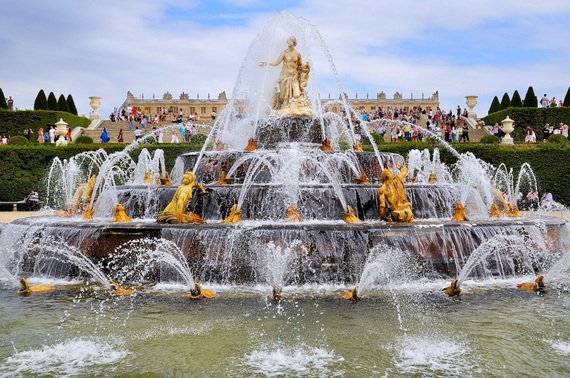Traditionally in the West cultivated land, embodying classical notions of beauty such as order, symmetry, and harmony was preferred to unimproved natural scenery, which was associated with predominantly negative qualities (Thomas 1983). Through the course of the eighteenth century, however, the allure of mountainous and wild regions increased, and this trend found a parallel in the aesthetic theories of the time, in which a contrast was often made between the beautiful and the ‘sublime’. Edmund Burke was particularly responsible for popularising the idea of the sublime, in his theory which split human passions into two types. According to Burke, societal passions are associated with love and are aroused by beauty, which gives pleasure. Passions of self-preservation, on the other hand, are associated with terror. Undiluted, they are merely unpleasant, but they can be ‘delightful when we have an idea of pain and danger, without being actually in such circumstances … Whatever excites this delight, I call sublime’ (Burke 1759, p. 132, italics his). Burke detailed a large number of attributes that could be deemed sublime, such as power, vastness, and ‘the noise of vast cataracts’ (Burke 1759, p. 75). Other theorists such as Addison and Kant also associated the sublime with these types of characteristics, found in natural phenomena more readily than human-made works, and which make the human subject ‘feel overwhelmed, small, and insignificant in comparison, because we find it difficult to take in those qualities, while also feeling uplifted’ (Brady 2013, p. 4).


